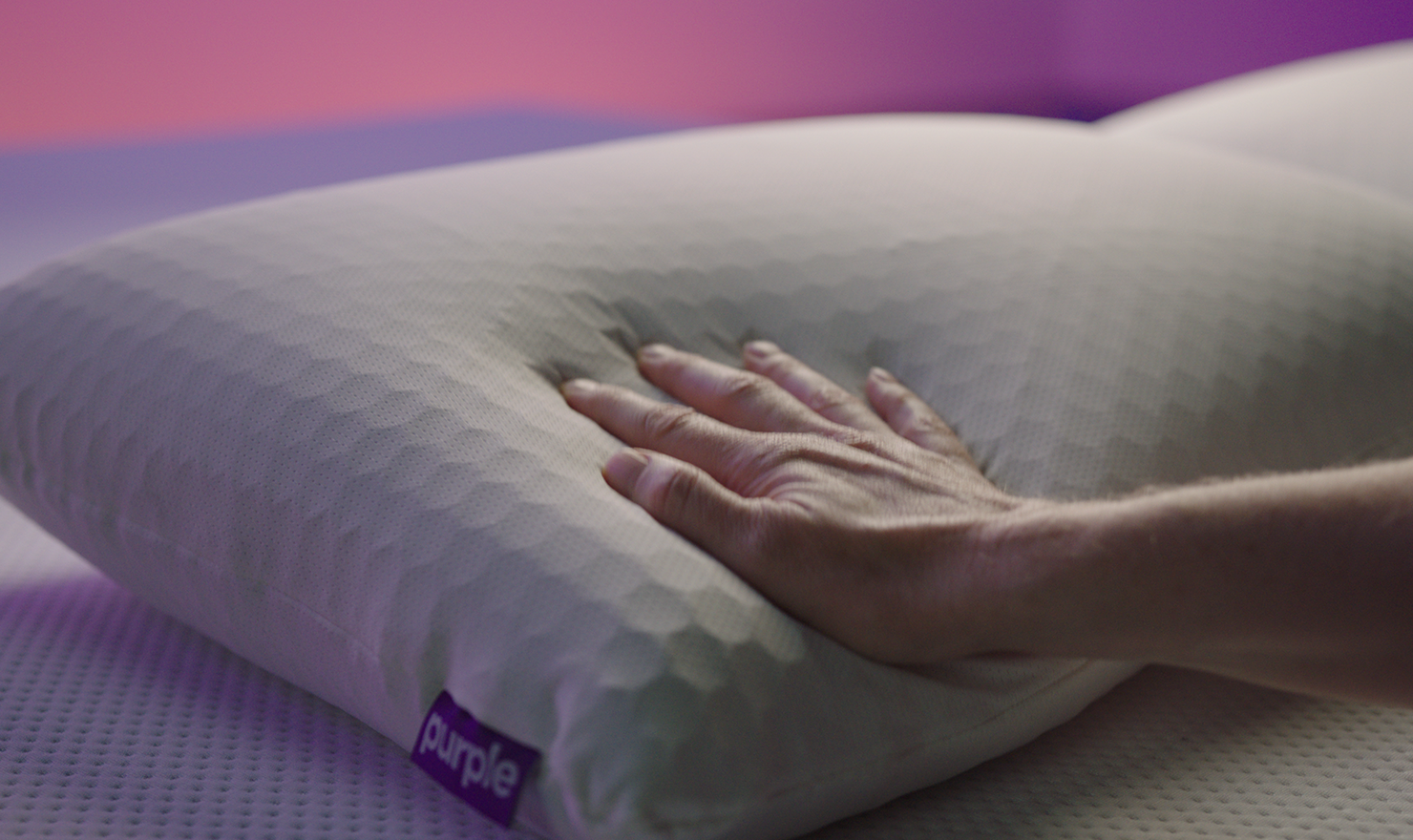Bear Pro – Sleep Cool and Clean with Copper – Bear Mattress
Harness the power of natural copper for a cool and clean sleep. The Bear Pro with copper-infused memory foam is the ultimate recovery mattress for your active lifestyle.
Bear Pro Features
- Breathable Celliant® Cover helps speed up muscle recovery
- Copper-infused Foam for a cooler, cleaner sleep
- Gel Memory Foam removes unwanted body heat
- Responsive Transition Foam offers pressure relief with balanced support
- High-Density Support Foam provides long-lasting durability
More Comfortable Sleep
Contouring and cradling memory foams provide pressure-point relief and support. So, your spine stays aligned in any sleep position.
Cooler Sleep
Copper-infused foam whisks away your unwanted body heat to provide excellent heat distribution. We’ve combined it with gel and open-cell foams for rapid cooling.
Cleaner Sleep
Copper creates a naturally antiviral and antibacterial environment. Breathe easier knowing we use only CertiPUR-US certified foams that are made without heavy metals, ozone depleters or formaldehyde.
GREENGUARD Gold Certified
The Bear Pro mattress is GREENGUARD Gold Certified by UL for low emissions. Its scientifically proven to meet some of the world’s most rigorous, third-party emissions standards for chemical exposure and pollutants, such as volatile organic compounds (VOCs), formaldehyde and phthalates.
Additional information
| Dimensions | Queen 80 lbs. King 100lb Cal King 100lb Full 70 lbs. Twin 60 lbs. Twin XL 60 lbs. |
|---|---|
| Warranty | 10-year limited warranty |






Reviews
There are no reviews yet.